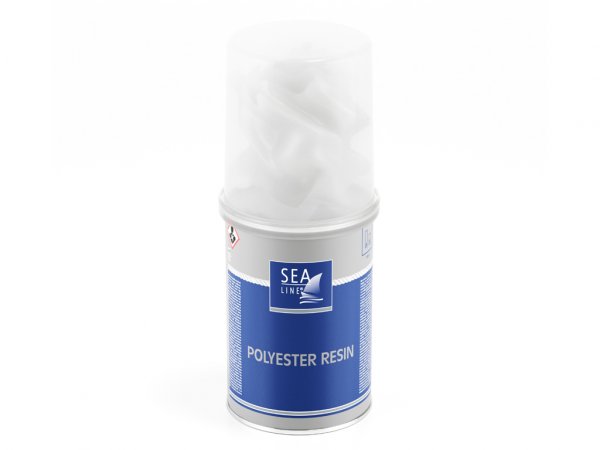
To obtain a fully-fledged and adequately strong laminate, use a 2:1 weight ratio of resin to glass mat for polyester or a 1:1 weight ratio of resin to glass fabric.To finish laminated surfaces we recommend using Sea-Line® fillers, Sea-Line® epoxy primers, Sea-Line® topcoats or a Sea-Line® gelcoat repair kit.
| Type | Laminates, steel | |
| Place | Above and below waterline | |
| Function | Laminating, repairs, reinforcement, gluing | |
| Application | Brush, roll | |
| Thinning | Not recommended | |
| Theoretical coverage for 1kg (for 1 layer laminate) | performance for layer of laminate based on glass fibre mats | |
| 150 g/m² 300 g/m² 450 g/m² | ~3,5 m² ~1,7 m² ~1,1 m² | |
| performance for layer of laminate based on glass fibre | ||
| 200 g/m² 400 g/m² | ~5 m² ~2,5 m² | |
| Coats number | According to your needs | |
| Pot life 20°C | 10~15 min | |
| Hardening time | 45 min | |
| Color | transparent | |
| Pack | code | |
| 250 g 500 g 1 kg | 2392 6080 2480 | |
Set of 250 g
contains a polyester structural resin with hardener, fibre glass mat (0,25m2), disposable gloves, a brush and a cup with a scale for easy dosing of ingredients and instructions for repair.
Set of 500 g
contains a polyester structural resin with hardener and a cup with a scale for easy dosing of ingredients and instructions for repair.
Set of 1 kg
contains a polyester structural resin with hardener and a cup with a scale for easy dosing of ingredients and instructions for repair.
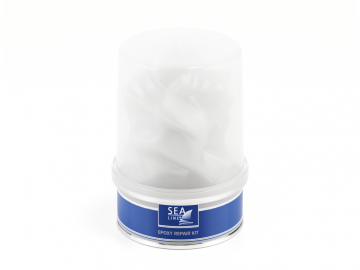
Sea-Line® structural epoxy is a comprehensive application: It works in both the construction and repair of damaged parts of the […]
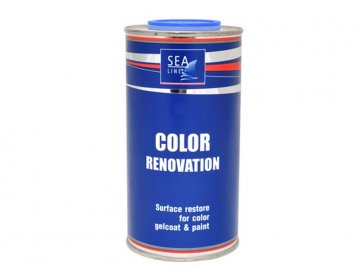
Sea-Line® COLOR RENOVATION COLOR RENOVATION is a product which does not contain silicon and efficiently brings back an original appearance […]
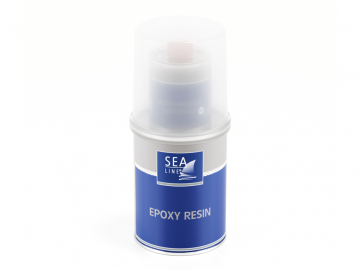
Sea-Line® structural epoxy is a comprehensive application. It works in both the construction and repair of damaged parts of the […]
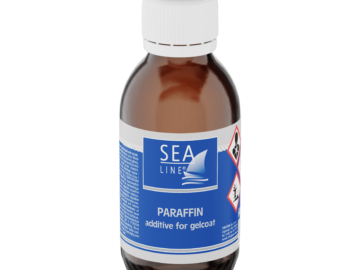
Gelcoat additive – paraffin Paraffin is an additive mainly to polyester gelcoats, necessary when it is necessary to apply the […]
Yes, you can paint the bottom of the boat with polyurethane paint due to its high mechanical strength. We recommend this solution when the boat is not launched for a long time and is not exposed to fouling.

Refilling and to tackle inequalities caused by damage to or during the course of production

Protects boat surfaces from the effects of destructive activities osmosis and corrosion

Provide an aesthetic and a perfect look of the boat also protective against water and UV radiation

Protect the hull from fouling with algae and shells

Effectively remove scratches, refresh the color of gelcoat or paint, fast shine effect

Special preparations for effective cleaning and refinishing

Laminating, gluing and filling in cracks in gelcoat

Range of products useful in the boat builder work